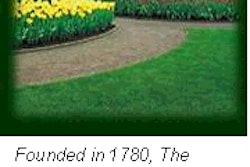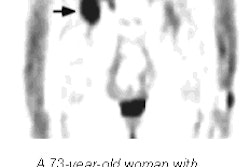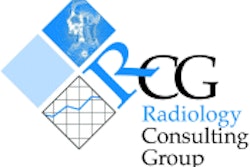Should the California Society of Radiologic Technologists transform itself from a small professional association into a union capable of representing the state’s 24,000 certified RTs?
That’s the big question up for discussion at the society’s open-door board meeting, scheduled for this Friday afternoon at the Sheraton Hotel in Pasadena. And it’s not a theoretical question, according to CSRT president Annemarie Sundquist: Some technologists are asking the CSRT to rescue them from their current union representation.
"This board has spent the last several months talking about the pros and cons of union activity, because in Northern California, where most of the technologists are in unions, they are in organizations that represent the housekeeping [staff], the food service, the light engineering," Sundquist noted in an interview with AuntMinnie.com. "And when you talk about numbers in a radiology department compared to housekeeping, radiology issues don’t even get on the front page."
Among those asking the CSRT to consider transforming itself into a collective bargaining entity is Sundquist’s fellow board member Diane Garcia. She and other certified RTs working at Seton Medical Center in Daly City are now represented by the Service Employees International Union (SEIU). Garcia was among those who supported the SEIU drive at Seton, but she feels strongly that the CSRT could do a better job of representing radiologic technologists. An RT-specific organization, Garcia said, "would bring us a lot more respect and strength as a profession."
But while many California RTs already belong to general unions like the SEIU and the American Federation of State, County, and Municipal Employees (AFSCME), it’s not obvious to Sundquist that the state’s RT society should take up the task of representing them and others. That’s why she’s encouraging all of the state’s certified RTs -- regardless of whether they are currently CSRT members -- to weigh in on the union question at the organization’s Web site.
There are several arguments against a transition from a simple association to a collective bargaining representative, Sundquist said. As an imaging manager with Sharp HealthCare in San Diego who values her relations with staff, pitting managers against "labor" is personally discomfiting to Sundquist. But the biggest problem is the sheer enormity of transforming the CSRT into a union, especially given that the society is currently struggling to meet far less ambitious goals.
With annual dues of $65 per person coming in from just 600 current members, the society has few funds with which to monitor state law and regulatory changes affecting radiologic technologists. But when talking to the many California RTs juggling per diem shifts at multiple facilities, the action in Sacramento seems relatively unimportant, Sundquist says. "They ask me, ‘Will joining your organization help me get benefits?’"
If the CSRT were to pursue the idea of representing members in workplace unions, it has a successful example to follow in the California Nurses Association (CNA). The nurses’ professional organization added collective bargaining to its activities beginning in 1948, drawing considerable attention for its members’ issues. Radiologic technologists should be getting similar attention, Garcia suggested, since certified RTs undergo similarly demanding education and training and are outnumbered only by nurses in the U.S. healthcare system.
The CNA is also very active in California’s state capital, sometimes to the detriment of RTs, Sundquist noted. Nurses recently tried to get the state’s permission to do fluoroscopy exams simply with physician supervision. Given the training required for CRTs who handle fluoro, Sundquist said, the nurses’ bid was "a pretty serious infraction of patient-care standards."
The CSRT board doesn’t plan to reach a final decision on the question of collective bargaining on Friday, Sundquist said. In fact, a board task force is prepared to do much more research on the issue. But the group already agrees that, at the very least, the CSRT needs to improve communication with the thousands of nonmembers it already represents in theory, Sundquist said "Everybody’s pretty much together on the need to reach these 24,000 people."
By Tracie L. ThompsonAuntMinnie.com contributing writer
September 13, 2001
Related Reading
Managers, employees, union reps join in delicate dance, August 22, 2001
Retention, recruiting, and rewards: the three Rs of radiology staffing, February 23, 2001
Radiologic technologists still search for respect in tight job market, November 6, 2000
Copyright © 2001 AuntMinnie.com



















